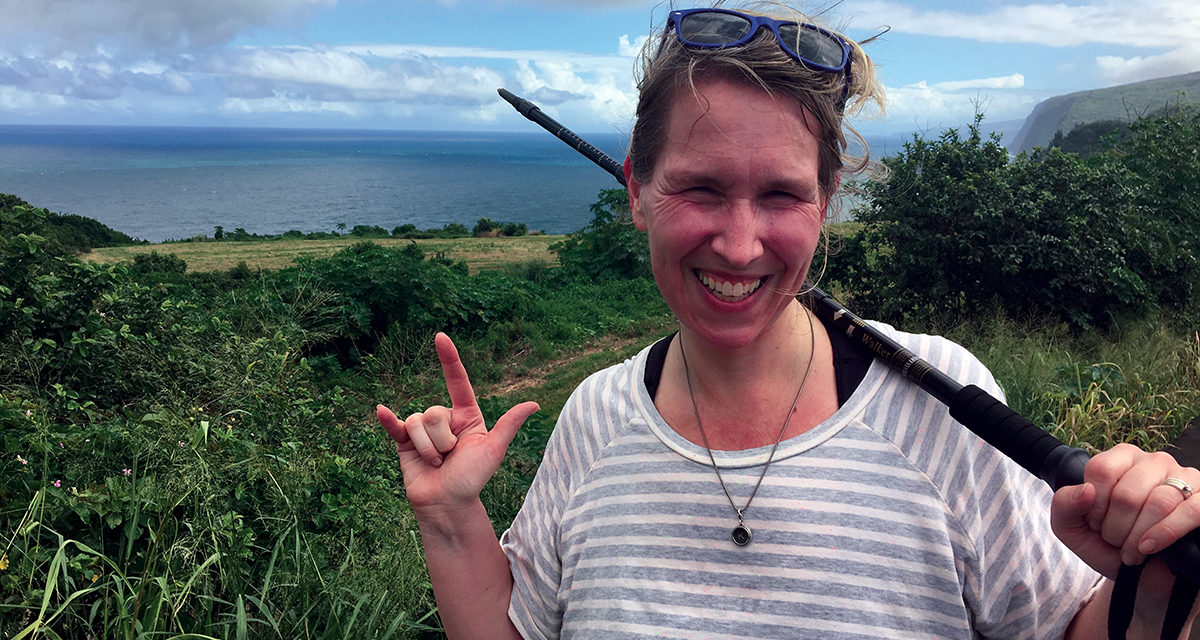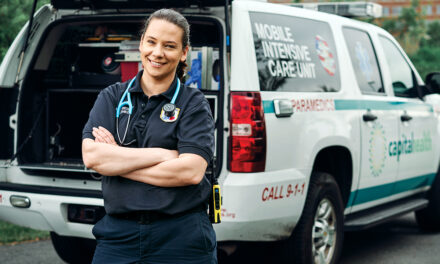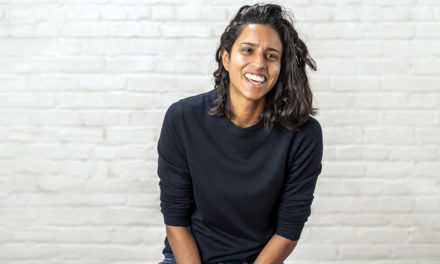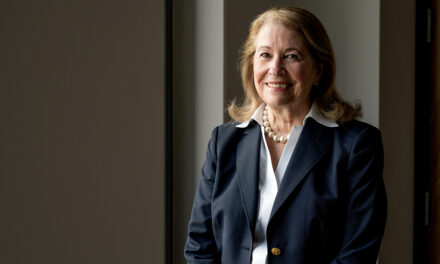For decades, I let my weight keep me from living a complete life. Then I climbed Mount Kilimanjaro three times, and it changed everything.
A clear pattern emerged as I parted with excess and kept the things that brought me joy. As I held the relics of my path up mountains and trails—from trail permits, a dog-eared copy of 50 Hikes of New Jersey, vintage National Parks postcards to Kilimanjaro certificates, I found myself breaking into a smile and setting them aside to keep.
“This National Park Service safety video for Grand Canyon permits is the best,” I said, setting it into my keep pile. “They remind you that the National Park Service is not legally responsible for rescuing you. Believe me, we watched this, and by the time we got there, we were well-trained.”
Each item had a story. Each was a part of my story. Even if I am a rather unlikely adventurer.
You see, I’ve climbed Kilimanjaro three times—weighing as much as 300 pounds. So even though society (and the voice in my head) have told me again and again that I don’t fit into the hiking world (even most hiking socks were too tight) each one of these things was proof that I did.
It wasn’t always that way. At my highest weight—360 pounds (it was probably higher because the scale didn’t go beyond that number)—I would look at adventure travel catalogs that boasted trips up Machu Picchu, Kilimanjaro, and the Alps, and I would say what I said to most things.
I’ll do that when I lose weight.
But I never lost the weight because I was too afraid to break into the world that I wanted to be in. So, it became a treacherous cycle of me doing nothing that I wanted to do, fearing that I wasn’t worthy of doing so.
I felt like the world was telling me “no” in every way. But when I was about to turn 30, I decided to say “yes.” I decided to love myself where I was and see what happened from there.
I got a water bottle and a copy of 50 Hikes of New Jersey, and I set forth on my journey.
I would look at adventure travel catalogs that boasted trips up Machu Picchu, Kilimanjaro, and the Alps, and I would say what I said to most things. I’ll do that when I lose weight.

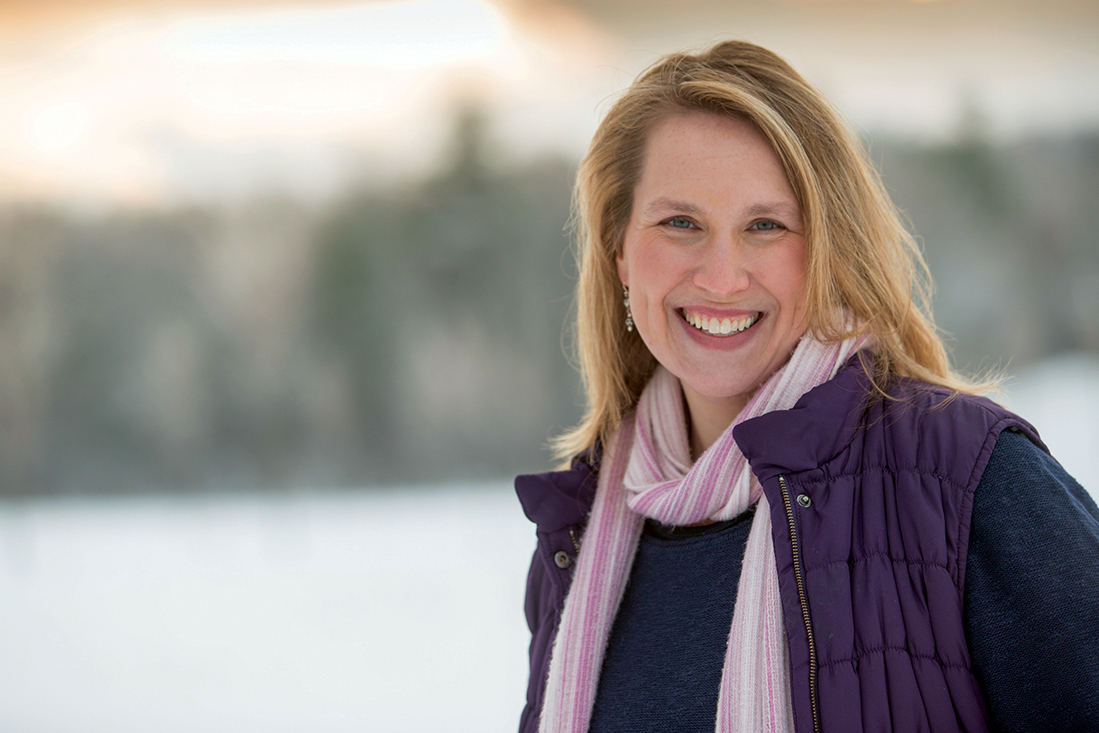
I finally have the love and acknowledgement of fans and sportswear companies that support my adventures. But the need for me to push behyond what I feel like I can do and what others feel I can do is ongoing.
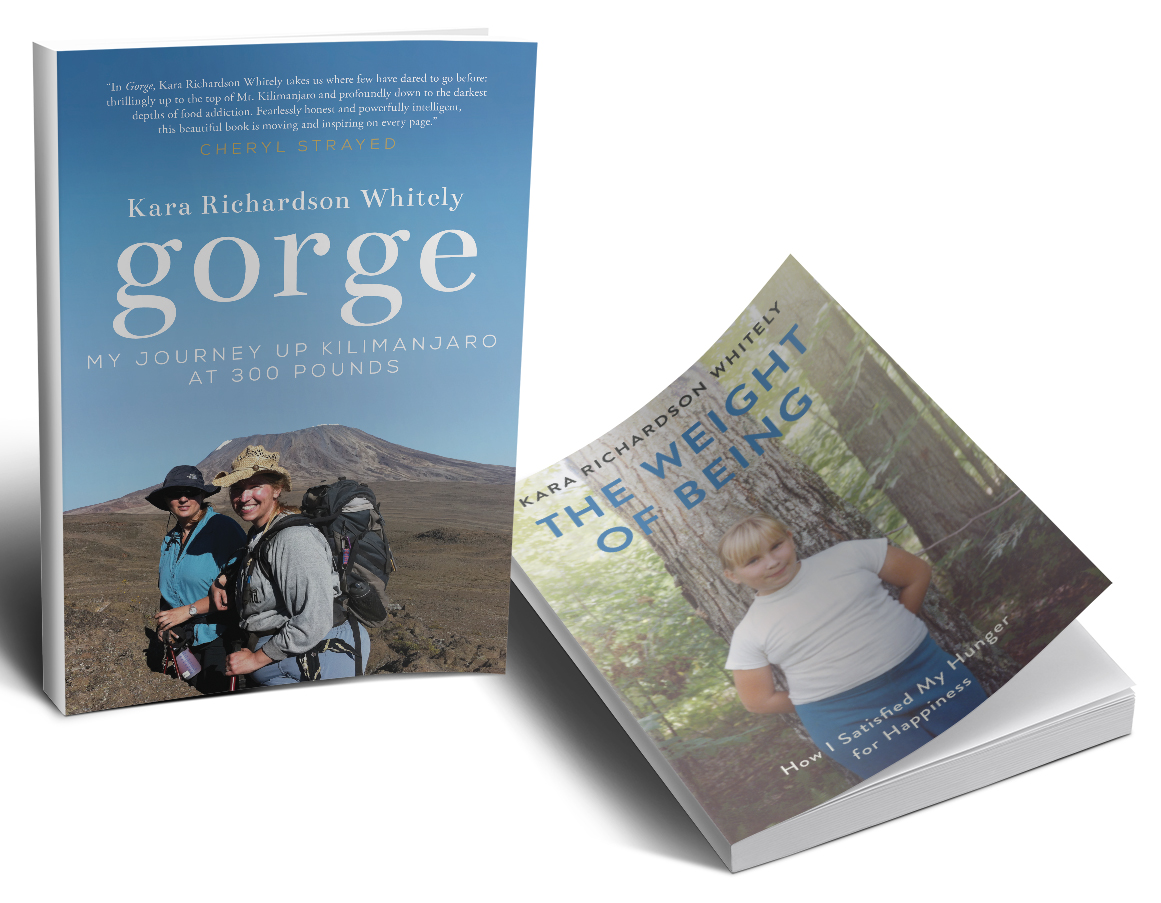
5 Ways I Got Over Myself (and a Mountain)
I bought into the culture: I didn’t fit into a lot of the hiking clothes, but I bought myself something tangible to fit in: A water bottle.
I loved myself where I was: I spent so long hating my body. I would punish myself for not having the body I thought I needed to be on the mountain.
I took it slow: One of the greatest things about Kilimanjaro is the slower you go, the better. It helps you get used to the treacherous atmosphere in high altitude. Any scary or new climate—should be taken this way.
I focused on the behavior, not the weight: I no longer live in the world where all things will be better if I eat less and move more. I am more concerned about whether I’m hiding my food consumption or my emotions.
I walked the talk: I have to get out there, no matter what I or anyone else thinks.
The Highest Climbs
You see, I’ve been uncomfortable in the skin I’ve been in for more than four decades. When I was 18 months old, growing up in Canada, I climbed up a stool and poured a flip-top kettle down my chest. I almost died—twice. First when my neck, chest, and arm were covered in third-degree burns—it amounted to almost a quarter of my toddler body. Then again when I was in the hospital and the cocktail of medications overwhelmed my tiny body. I stopped breathing. It wasn’t until my mother came by to see me and saw that I was blue that help finally arrived.
From then on, I was smothered in bandages and burn cream. I had to wear T-shirts over bathing suits so my bumpy, burned surface of my skin didn’t get touched by the sun. I had a surgery so I could have more mobility in my neck at age 7.
But I was scarred. Different. Not in a way that was celebrated but in a way that was devastating to a growing girl.
My tipping point was at age 9 when my parents were on the verge of a divorce and screaming at each other. It felt like the bottom was going to fall out of my life at any minute. The only place I found comfort was the pantry. There, the crunching of chewing anything I could stuff in my mouth drowned out the sound or the memory of the sounds of their screams. It lifted me out of this world, this life that I already hated.
When my parents split, I found myself a latchkey kid as my mother worked evenings. I was alone, vulnerable. Food became my friend.
It was easy to think that food saved me. And in many ways, it did. It saved me from the emotions that I didn’t want to feel. That no one would want to feel. But it stunted my emotional growth—learning to deal with stress in unhealthy ways. The lows were just too low to manage on my own as a kid. And therefore, I was overwhelmed and turning to food.
Each bite I took, I took a step away from my rural upbringing, from the things that brought me joy. I spent so many years locked inside my body, in a way that was hurtful. I thought I was protecting myself but instead, I was in fact, confining all that I loved and valued.
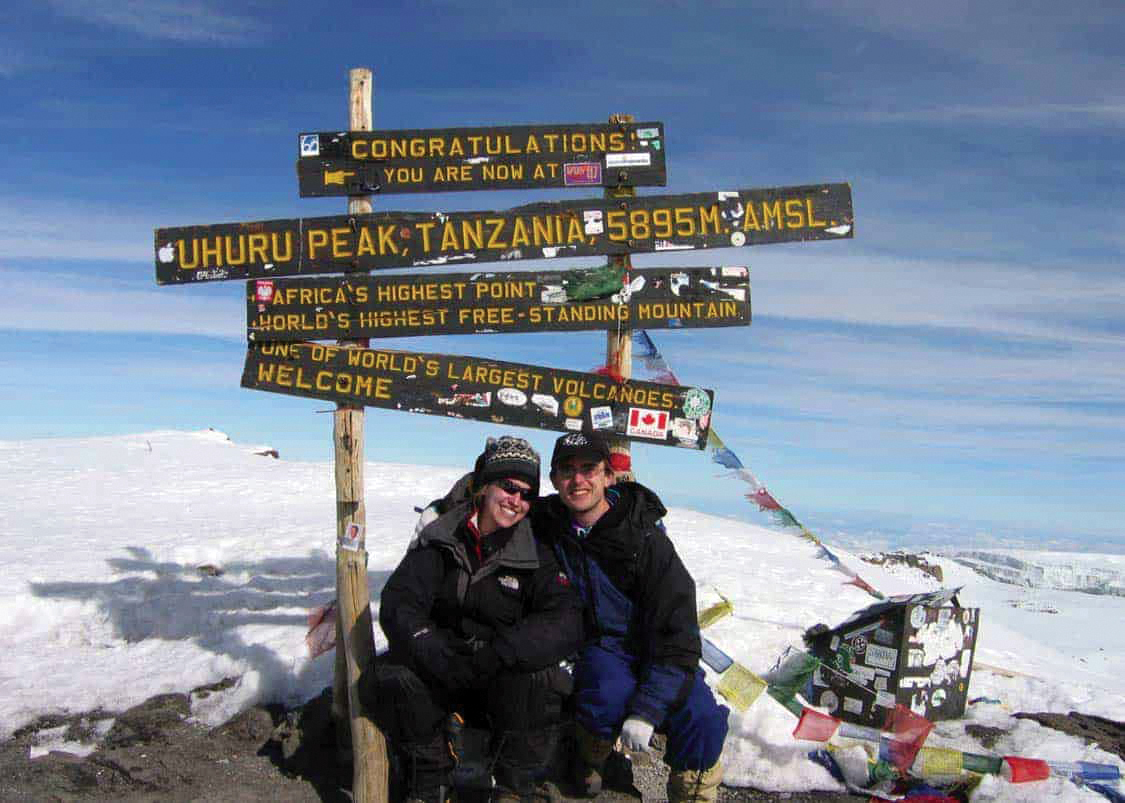
Cup of Calm
My relationship with food and my body is a forever-unfolding journey. While nature and hiking will always be a massive part of my healing and sense of peace, it isn’t practical—especially in suburban New Jersey—to rely on that to keep my emotions and urges at bay.
When I’m struggling, I try to capture what nature gives to me. I try to find the space where I notice everything around me instead of pushing it away. The same way I do when I’m in the woods and I can hear the crack of a twig under my boot, the birds in the bushes, or even the wind rustling overhead.
I can find that great sense of presence in the everyday. One of my favorite ways of doing so is with a cup of tea.
I hold a cup of hot tea, and I feel the warmth on my hands. I hold it under my chin and experience the steam on my face. I watch the leaves and herbs seep into the water, a transformation that is swirling and mesmerizing. I smell the wonderful concoction of flavors. My favorite blend is peppermint bark.
But more importantly, I share these techniques with my kids, especially my oldest daughter. Each night, my husband, my daughter, and I have a cup of tea to find a sense of calm…. And hydrate. It’s one little bit of self-care, in an otherwise busy day.
In fact, I carry tea with me in my work bag wherever I travel. I’ve made it my mission to change the conversation around obesity. That means I share my story at colleges, conferences, and corporations around the world as a plus-size adventurer to help others move mountains, to go beyond societal and self-perceived limitations in their lives
All of our journeys are ever unfolding. I believe we can build resiliency from the past and move forward with strength and purpose. We can realize the power of setbacks, create our own stories of success, take small steps toward big goals.
The Healing Path
Climbing Mount Kilimanjaro was the turning point. I was 29 years old, almost 360 pounds, and I quickly learned that climbing Kilimanjaro—Africa’s highest peak—is like climbing up the side of the globe. You start a few hundred miles from the equator and end up at a glacier. Meanwhile, every step uphill is harder than the last, not just because of the pitch but because every step pushes you higher in altitude. By the time you reach the top of this 5-and-a-half-day journey up (followed by a day and a half down), there is roughly half as much oxygen in the air as there is at sea level. So, even the fittest of athletes can struggle taking just one step. But you must do this, one after the other. And you must go beyond what you thought you could ever do. Beyond the possible.
Hiking was one part of my journey. The other was learning about how my disordered relationship with food and my body could be healed. Knowing I had the strength to accomplish something so physically demanding helped me find the fortitude to face my other demons, and I worked with eating disorder specialists to build skills to get through the stress of life without binging.
I now share my story as a Binge Eating Disorder recovery advocate. Instead of being locked into a cycle of shame and isolation, I fill myself with community. Once alone. Once suffering. Now I spend my days in rooms full of inspiration and laughter.
This is my path. It’s so far beyond the self- and society-propelled visions of how success is about eating less and moving more. For me, success is this: Worrying less. Living more.
I’ve made my life into one in which I write and speak my truth. I meet people who challenge me, ask me questions about my past. Each inquiry pushes me to a deeper and deeper level of recovery and truth. I’ve learned that my truth—like life—is ever evolving.
Living Without Limits
Now, I finally have the love and acknow-ledgement of fans and sportswear com-panies that support my adventures. But the need for me to push beyond what I feel like I can do and what others feel I can do is ongoing. This past year, I got permits to hike Havasu Canyon—part of the elusive Havasupai Reservation—I was thrilled about the 12-mile hike in and out to see the turquoise Havasu Falls that are so often photographed against the red rocks of the land west of the Grand Canyon.
I wanted to take it on but was terrified of what was often talked about as “the best part.” Taking on the Mooney Falls section was going to require a steep descent, and I’m terrified of heights. Since it’s next to a powerful waterfall, it would be on a slick surface holding on to a wet chain.
I trained hard, trying new equipment at the gym—from a ladder mill to the Versa Climber. But I had to get mentally ready for the challenge by watching images of people taking on the descent while wearing GoPros. I watched the videos again and again until I had memorized every step of the descent.
Until I finally believed that I could do it. And I did. I reached my arms to the sky and belted out a “Wahoo!” that startled the birds above and myself.

